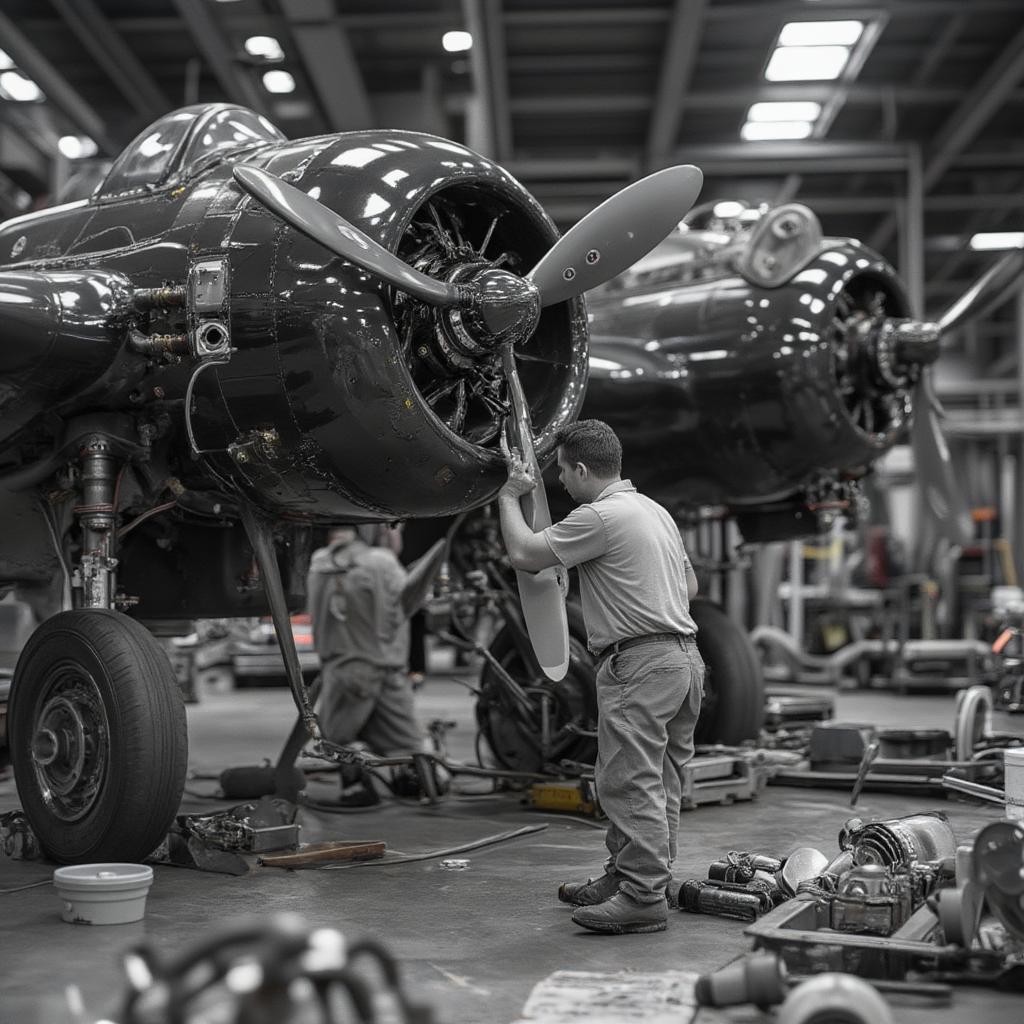F14 Generation: Defining a Pivotal Era in Naval Aviation

The F14 Tomcat, a symbol of American airpower, stands as a defining icon of its generation. This formidable aircraft, with its variable-sweep wings and powerful engines, not only dominated the skies but also significantly shaped naval aviation strategy and technology. This article delves into the F14 Generation, exploring its capabilities, impact on air combat, and enduring legacy in modern military history.
The Dawn of the F14 Generation: Responding to Emerging Threats
The F14 Tomcat emerged in response to the evolving threat landscape of the Cold War. The Soviet Union’s growing naval capabilities, particularly its long-range bombers and anti-ship missiles, posed a significant challenge to U.S. naval forces. The need for a fleet defense fighter capable of intercepting these threats at extended ranges led to the development of the F14. Its advanced AWG-9 radar and long-range AIM-54 Phoenix missiles provided an unparalleled ability to engage multiple targets beyond visual range, establishing a new standard for air superiority.
Technological Advancements that Defined an Era
The F14’s groundbreaking design and cutting-edge technology set it apart from its predecessors. Its variable-geometry wings, capable of sweeping from 20 to 68 degrees, allowed for exceptional performance across a wide range of speeds and altitudes. This adaptability made the F14 equally adept at high-speed intercepts and low-speed maneuvering, providing unmatched versatility in air combat. The powerful TF30 turbofan engines, later upgraded to the more reliable F110 engines, delivered exceptional thrust, enabling the F14 to achieve supersonic speeds and impressive climb rates.
F14 in Combat: A Proven Force Multiplier
The F14 Tomcat’s combat record solidified its reputation as a dominant force in naval aviation. From its initial deployment in the 1970s to its final missions in the early 2000s, the F14 proved its effectiveness in various conflicts. During Operation Desert Storm, F14s provided crucial air cover for coalition forces and engaged in numerous successful intercepts. The Tomcat’s ability to control vast airspace and neutralize enemy aircraft significantly contributed to the overall success of the campaign.
Air-to-Air Dominance: The AWG-9 and AIM-54 Phoenix Combination
The AWG-9 radar and AIM-54 Phoenix missile system represented a revolutionary leap in air-to-air combat capabilities. The AWG-9, one of the most powerful airborne radars of its time, could track up to 24 targets simultaneously and engage six with the long-range AIM-54 Phoenix missiles. This unparalleled combination provided the F14 with the ability to neutralize enemy aircraft far beyond visual range, establishing its dominance in long-range air-to-air engagements. This capability drastically altered naval air combat tactics and strategies.
The Legacy of the F14 Generation and Its Influence on Modern Fighters
The F14 generation ushered in a new era of naval air power, pushing the boundaries of fighter aircraft design and capabilities. The lessons learned from the development and operation of the F14 have profoundly influenced subsequent generations of fighter aircraft. The emphasis on long-range detection, beyond-visual-range engagement, and multi-role capabilities, pioneered by the F14, continues to shape the design and operational doctrines of modern fighter jets.
Beyond Interception: The F14 as a Multi-Role Platform
While initially designed as a fleet defense interceptor, the F14 evolved into a highly capable multi-role platform. Later variants of the Tomcat were equipped to carry a wide array of air-to-ground ordnance, enabling it to perform precision strike missions. This adaptability further enhanced the F14’s value and extended its operational lifespan, proving its versatility in various combat scenarios beyond its original intended role.
“The F14 was more than just a fighter; it was a symbol of American naval power. Its presence alone could deter potential adversaries.” – Admiral James Stavridis (Ret.), former Supreme Allied Commander Europe
“The AWG-9 and AIM-54 combination gave the F14 an unmatched advantage in beyond-visual-range combat, rewriting the rules of naval air warfare.” – Captain Dale “Snort” Snodgrass (Ret.), former Topgun instructor and F-14 pilot
Conclusion: The Enduring Significance of the F14 Generation
The F14 generation represents a pivotal period in naval aviation history. The F14 Tomcat, with its advanced technology, exceptional performance, and proven combat record, established a new benchmark for fighter aircraft. Its legacy continues to influence the development of modern fighters and shape naval aviation strategy. The F14 generation solidified the importance of continuous innovation in maintaining air superiority and safeguarding national security.

FAQ: Frequently Asked Questions about the F14 Generation
- What made the F14 Tomcat so unique? Its variable-sweep wings, powerful engines, and the AWG-9/AIM-54 combination provided unmatched performance and long-range interception capabilities.
- What was the primary role of the F14? Initially designed as a fleet defense interceptor, it later evolved into a multi-role platform capable of both air-to-air and air-to-ground missions.
- When was the F14 retired from service? The U.S. Navy retired the F14 in 2006, replaced by the F/A-18E/F Super Hornet.
- How fast could the F14 fly? It could achieve speeds exceeding Mach 2 (twice the speed of sound).
- What was the range of the AIM-54 Phoenix missile? The AIM-54 had a range of over 100 nautical miles.
- Why was the F14 called the Tomcat? The name “Tomcat” was a tribute to Admiral Thomas Connelly, a key figure in the aircraft’s development. “Grumman Iron Works” also played a significant role in the nickname.
- Did the F14 see combat outside of Operation Desert Storm? Yes, F14s participated in various operations, including the Libyan bombing campaign in 1986.
- Is the F14 still in service anywhere in the world? The Iranian Air Force is the only remaining operator of the F14 Tomcat.
- How did the F14 generation influence future fighter design? Its emphasis on beyond-visual-range engagement, advanced radar systems, and multi-role capabilities significantly impacted the design of subsequent generations of fighter aircraft.




